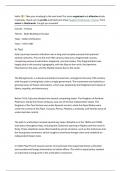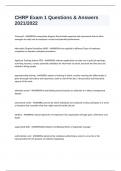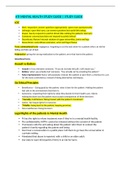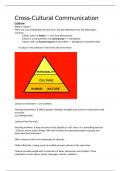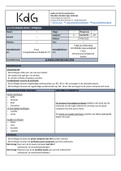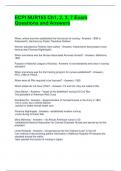Resume
Summary Italy's Unification - A Complete Study Guide
- Cours
- European History
- Établissement
- 3rd Degree
**The Long and Winding Road to Italian Unification: A Journey of Nationalism and Politics** This comprehensive document explores the complex and multifaceted process of Italian unification, a journey that spanned centuries and involved numerous challenges, power struggles, and key figures. Key ...
[Montrer plus]
